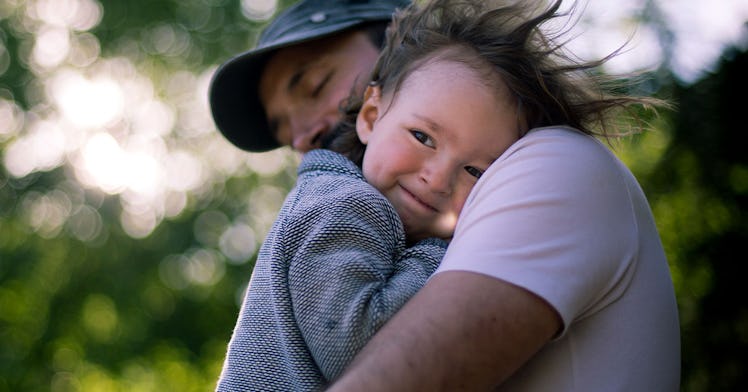Child Tax Credit Expansion Would Cut Child Poverty by Half in Most States, Study Shows
Just a couple hundred dollars a month through 2025 would significantly lessen poverty, and child poverty, in the United States.

The new child tax credit, a first of its kind, series of direct cash payments being sent to parents for each of their children to the tune of hundreds of dollars a month and a lump sum at tax time, was a significant part of the federal government’s American Rescue Plan package to help families survive the economic struggle of the COVID-19 pandemic.
The expansion, passed earlier this year, boosted the usual tax credit to become a fully refundable payment of monthly cash installments. Parents get, per child, somewhere between $300 and $350 a month, and for the first time ever, there’s no income floor for the payments, just an income ceiling. The up to $3,6000 benefit per kid is currently only set to last through 2021, but a new analysis shows that further expansion, a measure supported by Democrats and largely by voters, would deal a massive blow to childhood poverty rates across the country, CNBC reports.
Even with initial payments sent out just this summer, the Child Tax Credit has already been a boon to many US parents. Last month, the US Census Bureau reported that the first payment alone cut childhood hunger by 24 percent. Other parents have planned to send the cash towards healthcare, college funds, or savings.
But expanding the new law beyond this year could bring even larger changes to American childhood. According to the study, put out by Gregory Acs and Kevin Werner of the Urban Institute, extending the credit until 2025 would reduce childhood poverty by over 45% in 29 states and the District of Columbia. Even in states with more modest projections, childhood poverty rates would drop by at least one-third.
This extension could lower the child poverty rate to around 8% from a non-pandemic norm of around 14%, Elaine Maag, a research associate at the Urban Institute, told CNBC. And the study finds that in all but three states, childhood poverty rates would drop below 10%. In total, the authors of the paper note, 4.3 million children would no longer be living in poverty.
Yet while the new tax credit has helped many families this year, it hasn’t been a panacea, especially for the poorest families. Despite now being eligible for the full credit, many of those same families don’t earn enough to file taxes — meaning they need to complete some extra steps to receive their money by signing up through the non-filers tool.
These new findings also come at a pivotal moment for the tax credit’s future. Recently, Democrats in the House introduced plans to extend the Child Tax Credit expansion through 2025 as part of the current budget reconciliation process meant to pass the $3.5 trillion “human infrastructure package,” reports Insider.
But this plan isn’t law yet, and may face a few hurdles before becoming so. While House Democrats want to extend the credit into 2025, according to further reporting at Insider, Senate Democrats are thinking about 2024 — and while they don’t need Republican support to pass the bill in either chamber, slim majorities in both houses will require near-total consensus among the party for any chance of passage.
No matter how the federal budget process plays out, however, many families will continue to receive payments through the end of this year — so keep your eyes out for some cash in your bank account on the next child tax credit payment date, this Wednesday, September 15.